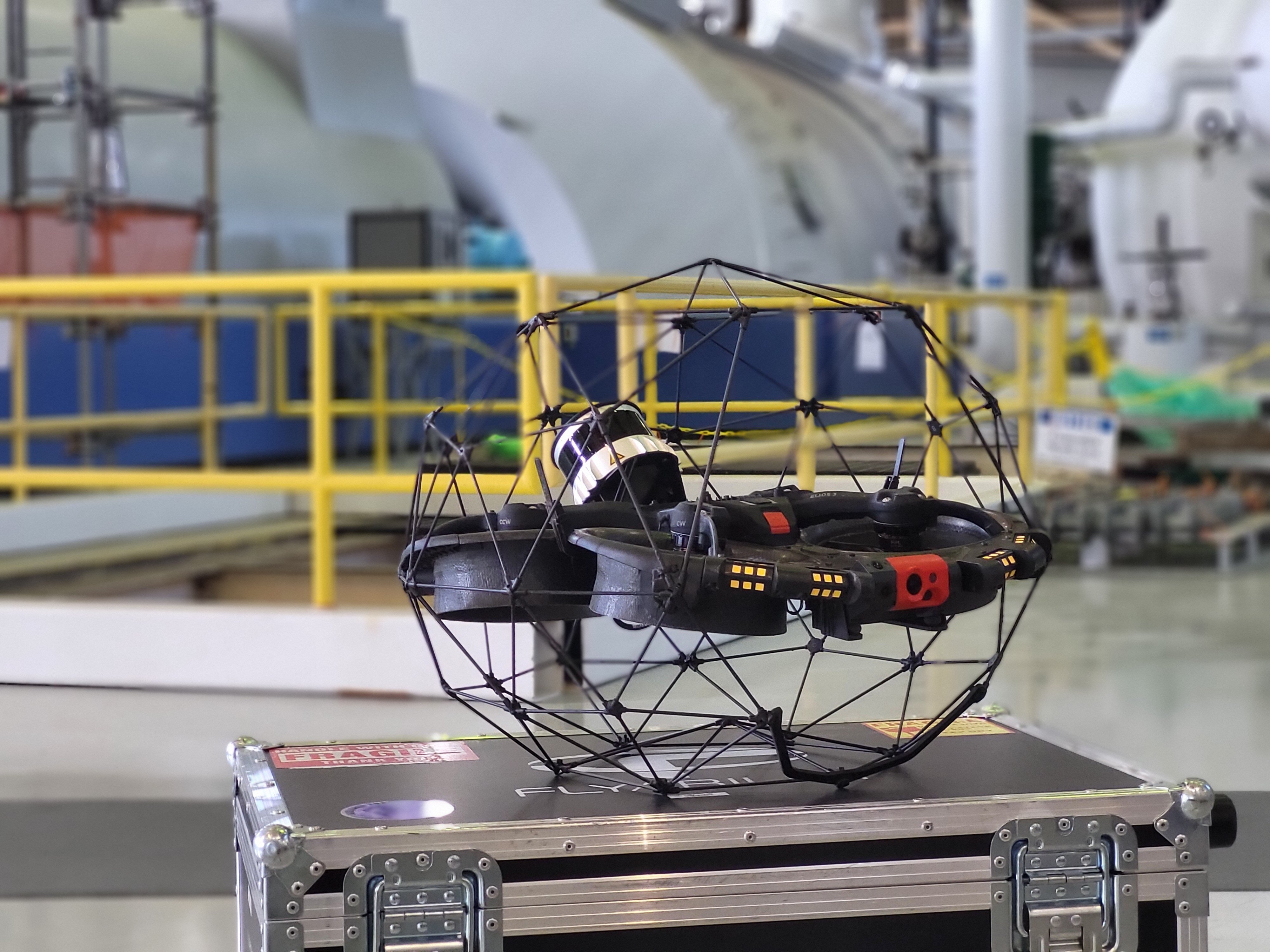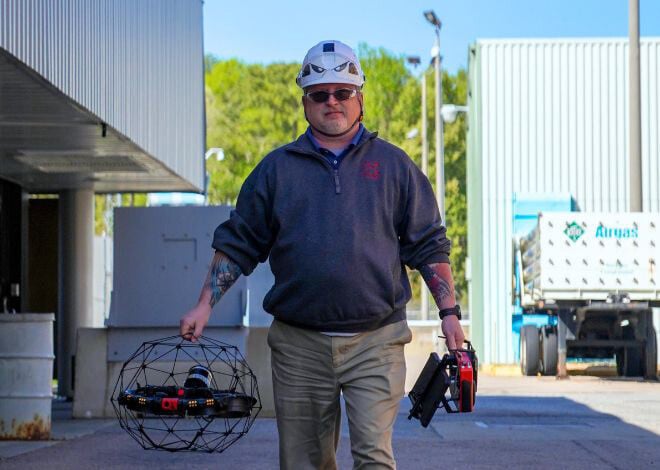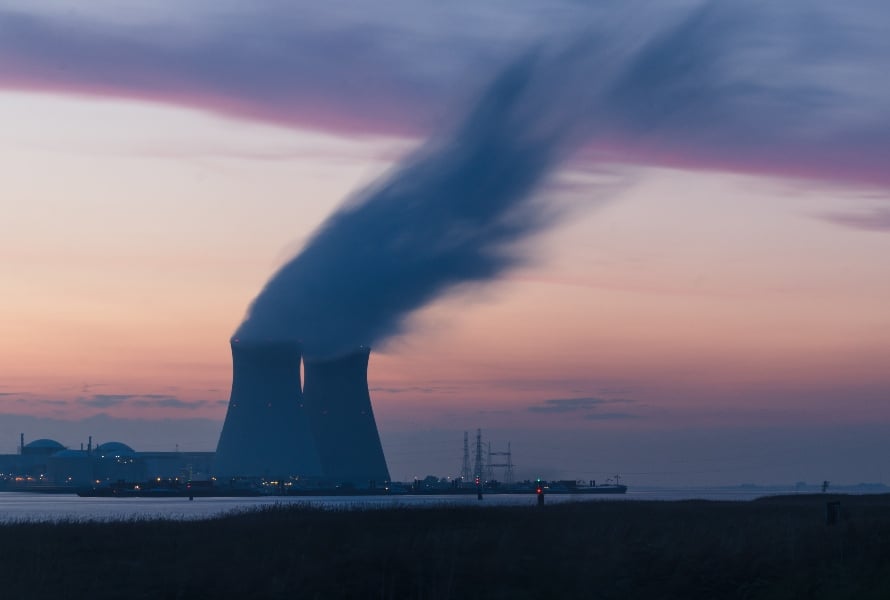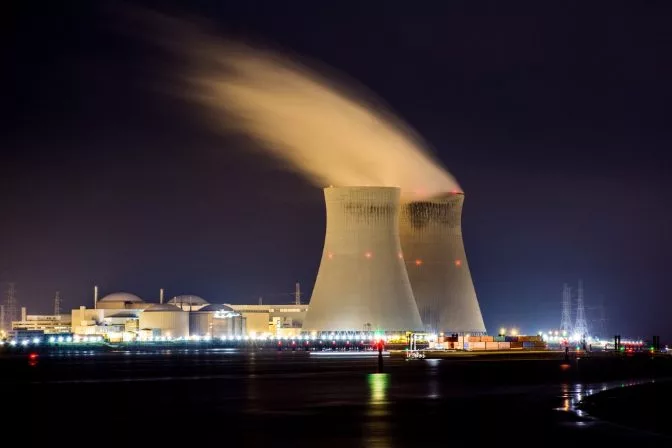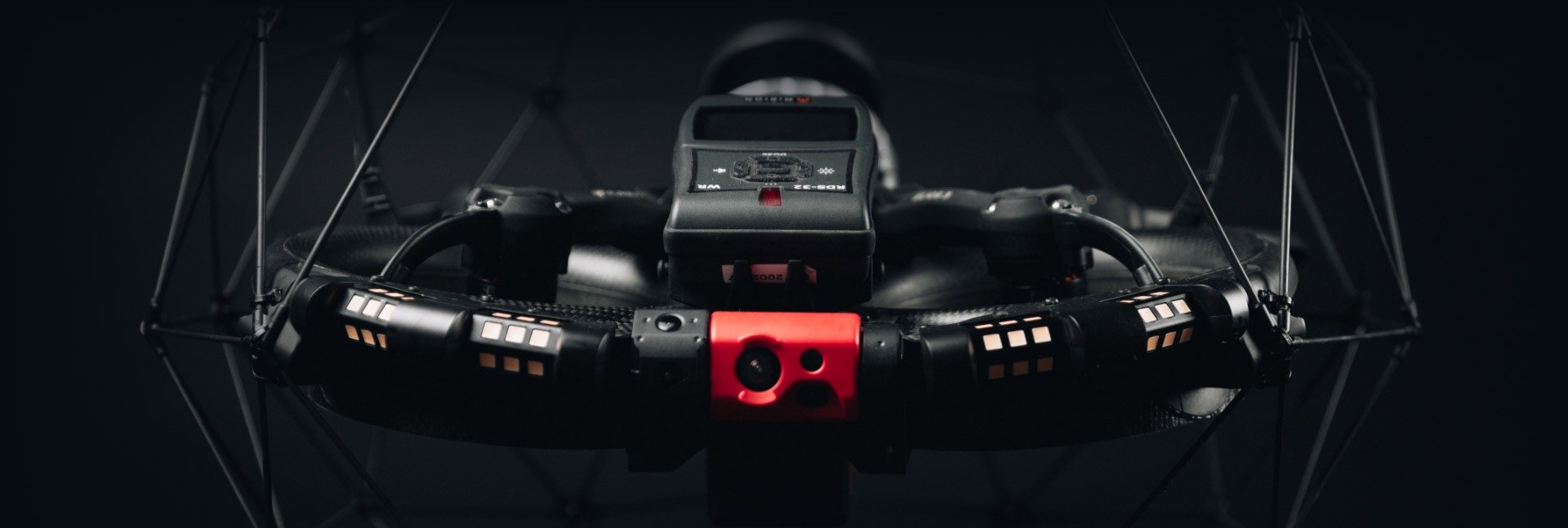- Blog >
- 6 Benefits of Drone Inspections for Cement
6 Benefits of Drone Inspections for Cement
Drones present several benefits as a tool for remote visual data collection in internal inspections for the cement industry—here's our list of the top 6.
Over the last few years, inspectors working in the cement industry have been realizing significant benefits from using indoor drones to collect visual data.
Indoor drones are ideal for inspectors conducting internal inspections in the cement industry, who need to collect visual data inside assets like cyclones and slurry tanks periodically in order to identify any potential defects that might require maintenance.
Here are some of the assets that inspectors use indoor drones to inspect at cement plants:
- Cement and clinker silos
- Slurry tanks
- Cyclones
- Tertiary air ducts
- Kilns
- Storage units
- Conveyor belts
The traditional approach for inspecting these assets would require inspectors to physically enter them. Standing inside, they would move methodically through the asset with a flashlight and camera, recording visual data that reflects the internal conditions of the asset and looking for defects such as corrosion, rust, or pitting.
If the asset is large, as is commonly the case, inspectors might have to use scaffolding or rope access to see every point within it.
But high quality indoor drones can remove the need for inspectors to enter these assets in order to collect visual data, allowing them to fly a drone inside instead.
Here are six ways that indoor drones are revolutionizing the cement industry.
1. Safety
All of the scenarios inspectors face when conducting inspections in the cement industry—confined space access, work at height on scaffolding, and rope access—expose them to potential hazards that could seriously injure or even kill them.
Indoor drones can significantly reduce and even eliminate the need for inspectors to enter an asset in order to collect visual data.
.jpg?width=5000&height=3335&name=20230320_9%20(4).jpg)
The Elios 3 entering a dusty environment, keeping people away from the confined, hazardous space
By sending a drone into the asset, inspectors can collect visual data remotely while standing safely outside, significantly improving the overall safety of the inspection.
People will only need to enter the asset and work on scaffolding if the inspector finds a defect that requires maintenance. And, thanks to the visual data collected by the indoor drone, their time inside the asset will be greatly reduced since they’ll know exactly where to work once inside.
2. Savings
A global cement manufacturing company recently saved $50,000 in a single inspection by using an indoor drone.
These savings came from:
- Reducing downtimes. Indoor drones eliminate the pre- and post-inspection time needed for internal inspections by getting rid of the need for scaffolding. Indoor drones are also faster at collecting visual data than people, so they can reduce the overall time needed to collect visual inspection data by 50%, or even more in some instances.
- Eliminating the need for scaffolding. Scaffolding can cost tens or even hundreds of thousands of dollars for each inspection—indoor drones can eliminate the need for scaffolding for visual inspections, thereby eliminating these extra costs.

3. Reduced Downtimes
Indoor drones can significantly reduce turnaround times for internal inspections by removing the need for building temporary structures, such as scaffolding.
During a recent cyclone inspection, a cement company reported that it would have needed 10 hours to install scaffolding and 6 hours to remove it after the inspection.
But using an indoor drone, the company was able to eliminate the need for scaffolding and reduce the cyclone’s downtime for the inspection by 16 hours.
4. Access
Some assets used for manufacturing cement, such as cyclones, contain spaces that are difficult or even impossible for inspectors to reach.
This means that these areas simply go uninspected, leaving them vulnerable to defects that could develop into major issues.
But an indoor drone can easily access tight, confined spaces and collect visual data reflecting the conditions there.
Using the drone’s protective cage, inspectors can slide the drone along a wall or fly it right up until it touches the hard-to-reach area, allowing them to get a clear vantage point so they can see whether any defects are present.
For example, a cement plant noticed that they had a crack on the outside of a chimney stack at a height of 120 meters. Reaching this would have required complex and expensive scaffolding to begin the inspections. Thanks to using the Elios 3 they were able to get a detailed scan and identify the cracked elements and custom-create a replacement part. This could then be installed immediately. The ease of access from the drone improved safety and cutdown turnaround time by providing accurate data on-demand, enabling quick maintenance work.

The Elios 3 providing remote access to large assets at cement plants
5. High Quality Visual Data & Digital Twins
Inspectors in the cement industry are using indoor drones to get high quality visual data showing minute details inside the assets they’re inspecting.
In a recent inspection inside a slurry tank at a cement plant, inspectors were able to fly an indoor drone very close to the arm that controls the agitator to supply aeration at the bottom of the tank. The visual data was clear enough to show them that the arm had no defects, breaks, or loose bolts, and was safe for continued use.
The Elios 3 also gathers centimeter-accurate results thanks to its LiDAR Surveying Payload. Using this payload means pilots can gather precise point clouds and use these to digitize assets and systems. In one example, the Elios 3 was used for a Scan to BIM project at a Holcim cement plant. Using the Elios 3's LiDAR scans, the team on-site created a BIM model that they shared with architects to plan new installations and pipes as part of carbon capture projects.
The Elios 3's 4K camera and accurate LiDAR sensor combine to offer complete results that can be used for inspections, asset monitoring, and architectural planning.

On the left, a Terrestrial Laser Scanner struggled to capture detail due to a lack of access - whereas the Elios 3 scan, on the right, had a much better result
6. Improved processes and increased frequency of inspections
Indoor drones not only improve planned inspections, which require outages and are generally required by law—they also improve overall processes with cement plants by allowing personnel to quickly see what is happening inside their assets.
By enabling quick “spot check” flights, indoor drones can provide crucial information for plant administrators, giving them real-time data on the condition of an asset to inform their production decisions.
Access to this data can improve overall visibility into issues at the plant, increase productivity, and help extend the life of assets used in cement production.
Conclusion: The Benefits of Drones for Cement Inspections
Drone inspections at cement plants increase efficiency and reliability while reducing safety risks and turnaround times. As drones offer the ability to reduce confined space entry, cut costs, and simplify inspection processes, their place in the cement industry is already clear.
Holcim, one of the largest cement companies in the world, is already deploying drones to their sites around the world. As they expand their operations and modernize under the Plants of Tomorrow initiative, they've been integrating the Elios drones into their inspection workflows to capitalize on the benefits of drones for cement inspections. With an industry giant like this adopting the technology, it will not be long before others follow.
Overall, drones provide high-quality data in a safer, faster way. They streamline inspections and better inform maintenance workers. It is clear they are here to stay in the industry and bring clear benefits and a return on investment through remote inspections.
Find this topic interesting? You can learn more about cement plant drone inspections on our website.


